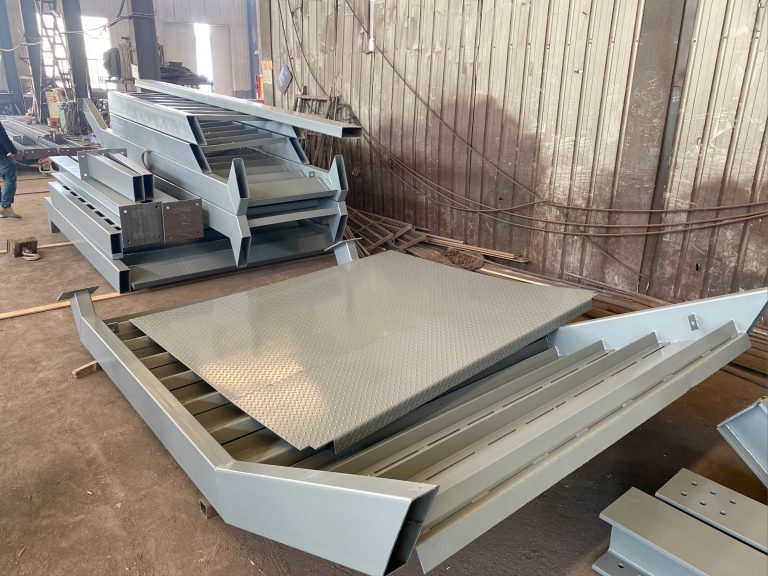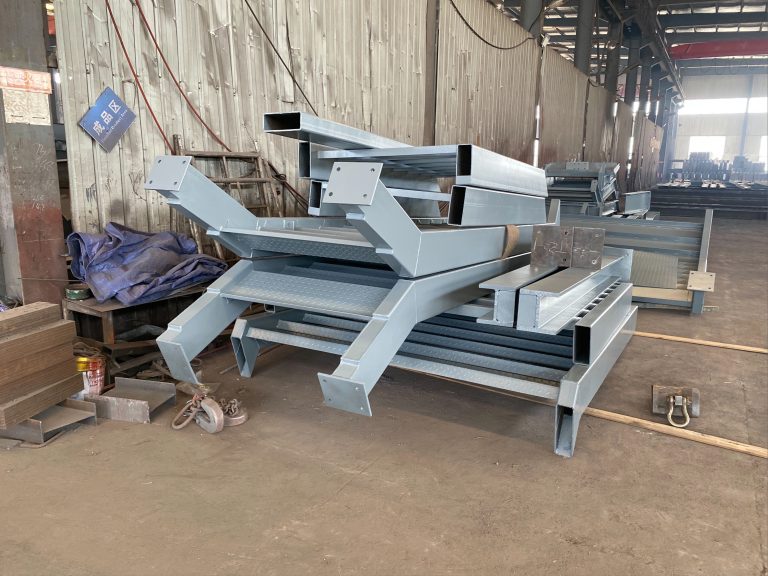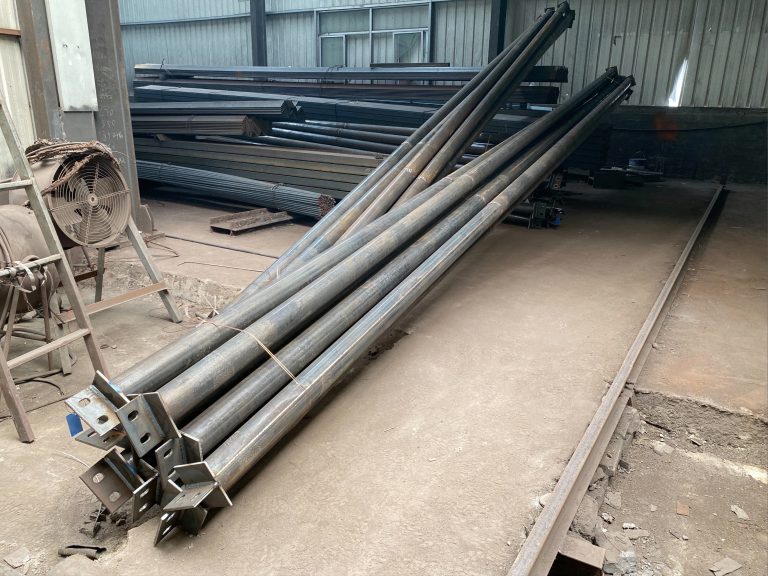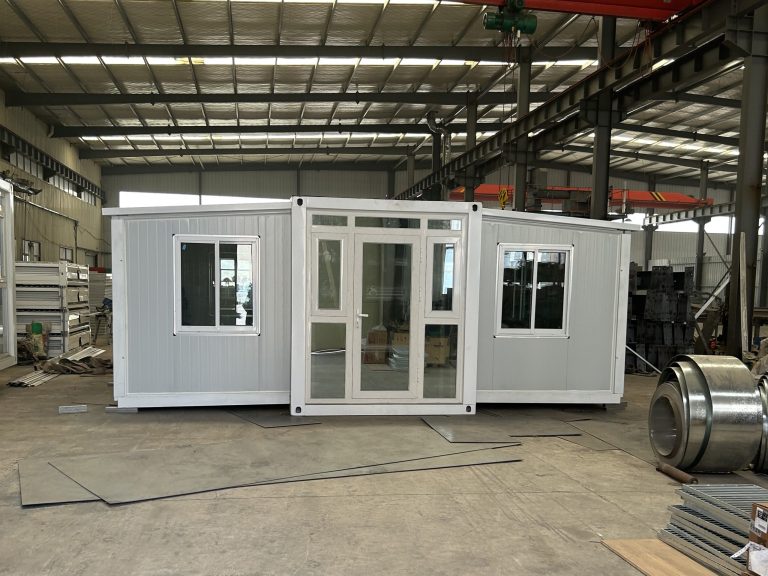How can the light transmission and reflection of the light harvesting panel improve the visual effect of the building appearance?
Enhancing Light Transmission Through Innovative Panel Design
Light transmission and reflection play a crucial role in enhancing the visual effect of a building’s appearance. The use of light harvesting panels can significantly improve the overall aesthetic appeal of a structure by allowing natural light to penetrate the interior spaces and creating a dynamic interplay of light and shadow on the building’s facade.
One of the key factors that contribute to the effectiveness of light harvesting panels is their design. Innovative panel designs can maximize light transmission while minimizing glare and heat gain, creating a comfortable and visually appealing environment for building occupants. By carefully selecting materials with high light transmission properties and incorporating advanced technologies such as light diffusing coatings and prismatic structures, architects and designers can achieve the desired balance between natural light and energy efficiency.
In addition to enhancing the visual effect of the building’s appearance, light harvesting panels can also contribute to the overall sustainability of the structure. By harnessing natural light as a source of illumination, buildings can reduce their reliance on artificial lighting and lower their energy consumption. This not only helps to reduce operating costs but also minimizes the environmental impact of the building by decreasing its carbon footprint.
Furthermore, the use of light harvesting panels can create a more inviting and welcoming atmosphere within the building. Natural light has been shown to have a positive impact on human health and well-being, improving mood, productivity, and overall satisfaction. By allowing natural light to filter into interior spaces, buildings can create a more comfortable and enjoyable environment for occupants, enhancing their overall experience and quality of life.
When designing a building with light harvesting panels, it is important to consider the orientation and placement of the panels to maximize their effectiveness. By strategically positioning panels to capture the most sunlight throughout the day, designers can ensure that interior spaces receive ample natural light while minimizing glare and heat gain. Additionally, incorporating adjustable shading devices and light control systems can further enhance the performance of the panels and provide occupants with greater control over their lighting environment.
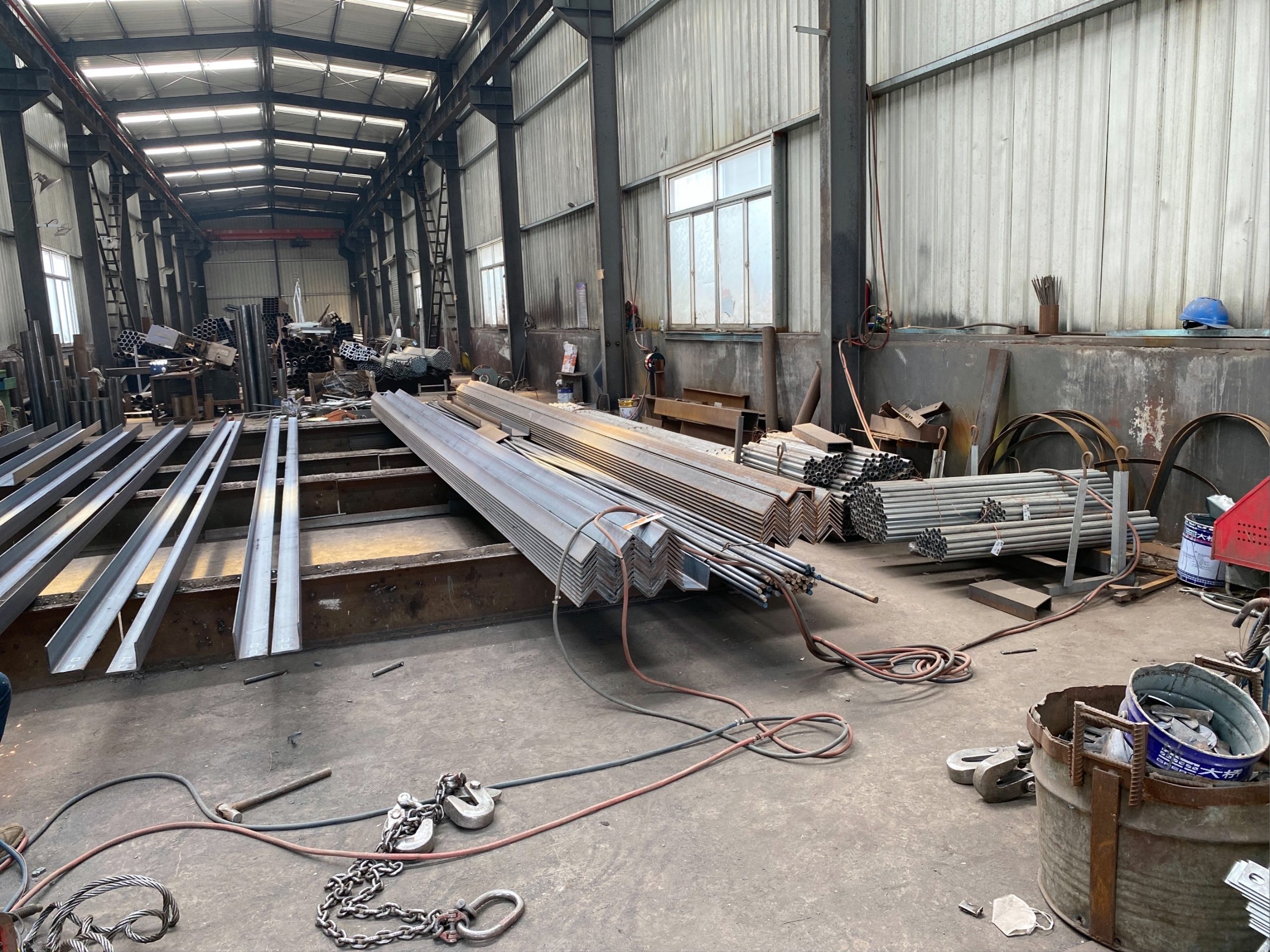
In conclusion, the light transmission and reflection of light harvesting panels can greatly improve the visual effect of a building’s appearance. By carefully selecting materials, incorporating innovative design features, and optimizing the placement of panels, architects and designers can create buildings that are not only aesthetically pleasing but also sustainable, comfortable, and inviting. With the growing emphasis on energy efficiency and environmental sustainability in the design of buildings, light harvesting panels offer a versatile and effective solution for enhancing the visual impact of architectural structures while promoting a healthier and more enjoyable indoor environment for occupants.



